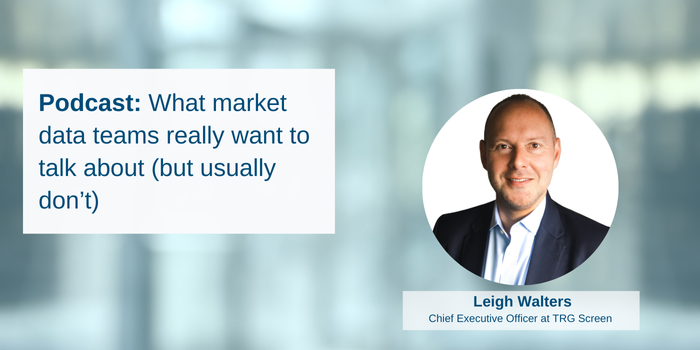This can have expensive and potentially damaging consequences, in terms of unexpected invoices and possible financial penalties for noncompliance with suppliers’ licensing agreements. In particular, it can make it difficult to reconcile usage with invoices, making it hard to verify the accuracy of data suppliers’ bills and hard to apply accurate cost allocations.
Without an understanding of who is using these data services, firms are unable to determine the value they derive from their reference data subscriptions and manage data budgets. What’s needed is a proactive approach to usage tracking so that firms can implement controls on access, ensuring accurate cost allocation and value for money from data investments.
Consequences of Lack of Transparency
A lack of controls around enterprise data usage may result in unauthorized staff gaining access to data sets they shouldn’t, duplicate requests for the same data, redundant subscriptions or costly requests from non-production environments.
This can result in unnecessary payments for premium services or firms’ not benefitting from the more advantageous commercial options they are entitled to. In some cases, it may spark a data supplier audit - a potentially time-consuming and expensive exercise - or even financial penalties for breach of licensing agreements. (Also check our blog: Mastering Reference Data Management: Tips for Success)
What’s Needed
To gain transparency around consumption of both internal and external data,
firms need a mechanism for tracking every data request throughout the organization,
with the ability to capture details of which individuals or teams, systems or applications
are requesting which data sets and from what data sources.
A facility for recording and reporting every data request, verifying them against
licensing agreement parameters and costing models, and blocking unauthorized
access requests, can give the firm control over access to valuable data sets, as well as
an understanding of where data requests are originating, providing insight into usage.
Furthermore, this approach can help streamline data-related operational processes,
by mapping actual usage to predicted or received vendor invoices, thereby validating
data bills, and by producing more granular cost allocations - which all combine to
identify the true cost of teams’ data consumption and drive cost efficiencies.








